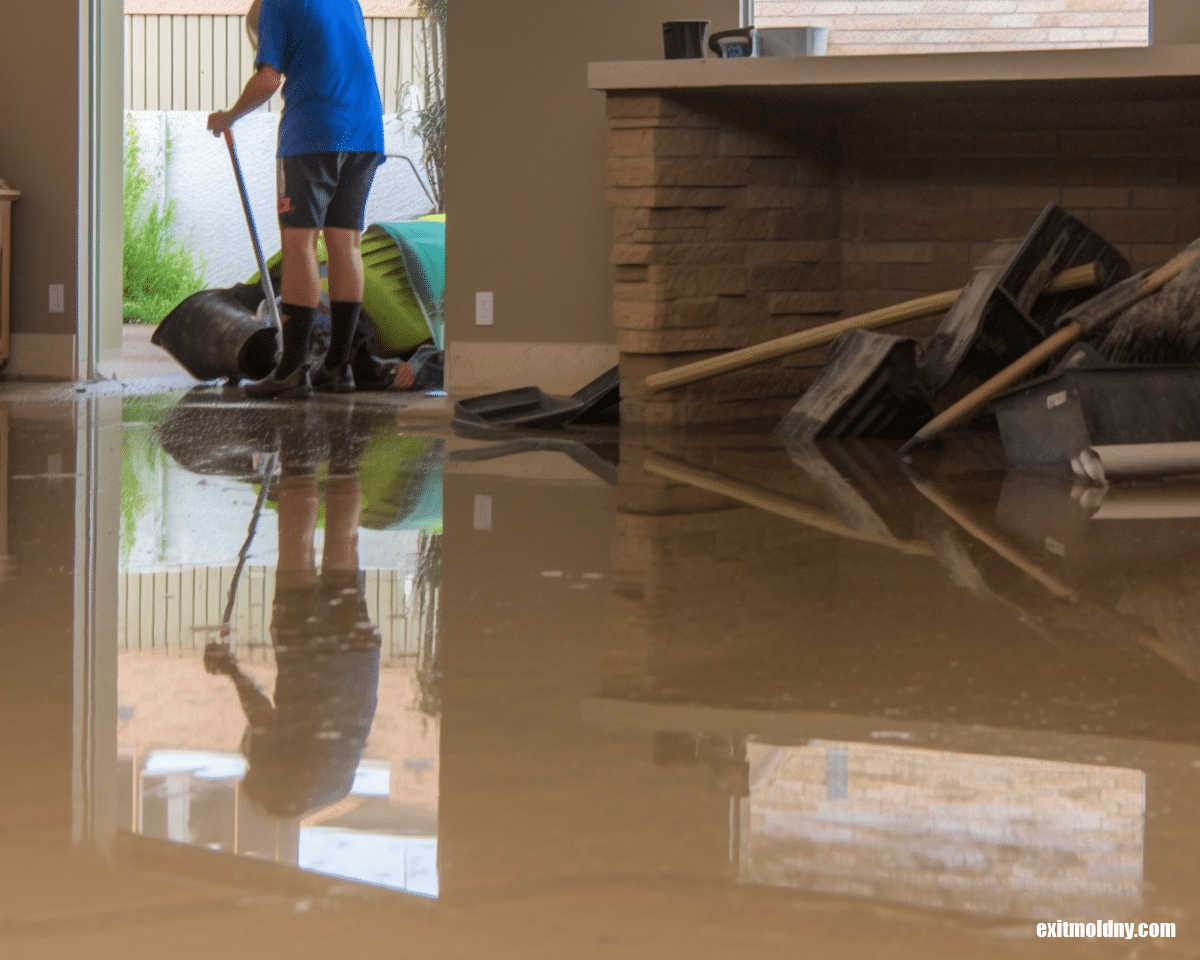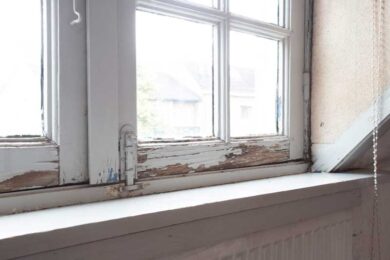Professional Lead Violation Removal in NYC-- Secure Against Health Hazards
Professional Lead Violation Removal in NYC-- Secure Against Health Hazards
Blog Article
Step-by-Step Process for Effective Lead Infraction Remediation
Following this, adherence to federal and state guidelines is paramount to creating an efficient remediation strategy. The real remediation requires experienced personnel to carry out these strategies while purely complying with safety procedures. What takes place after the removal is completed?

Discovery and Evaluation
Detection and analysis are crucial steps in the remediation of lead offenses. To make sure an effective removal procedure, it is crucial to carry out a thorough assessment of the environment where potential lead exposure exists.
When discovery is completed, a thorough evaluation has to be undertaken. This includes assessing the degree and seriousness of contamination, in addition to recognizing populaces at risk, particularly youngsters and expecting ladies. Danger evaluations usually entail tasting and research laboratory analysis, environmental surveys, and health impact studies. The gathered data ought to be carefully documented to sustain the growth of a reliable removal method (Lead Violation Removal in NYC).
Additionally, it is crucial to prioritize locations with the highest degree of contamination and those that present the best wellness dangers. Effective interaction with stakeholders, including home owners, citizens, and public health authorities, is important for making certain that all events are informed concerning the findings and the succeeding steps needed for removal. This first detection and analysis phase prepares for a successful lead infraction remediation procedure.

Legal and Governing Compliance
Navigating the landscape of lawful and regulatory conformity is a crucial element of effective lead infraction removal. Compliance makes certain not just the security of affected populations however also the credibility and lawful standing of the company in charge of remediation. Regulations governing lead contamination are complex, encompassing federal, state, and regional legislations. At the federal level, the Environmental Defense Agency (EPA) establishes strict requirements under the Harmful Materials Control Act (TSCA) and the Lead-Based Paint Remodelling, Fixing, and Painting Guideline (RRP Rule)
State and neighborhood guidelines can differ, commonly enforcing added obligations or more strict requirements. A comprehensive understanding of all relevant legal frameworks is crucial. This involves meticulous documentation of all removal activities to demonstrate compliance. Failing to abide by these laws can lead to extreme fines, consisting of large fines, legal activity, and reputational damage.
Involving legal specialists concentrated on ecological law can facilitate browsing these complexities. Regular training and qualification for all employees associated with the remediation procedure are likewise necessary to make certain adherence to safety and security and regulative standards. By focusing on legal and regulatory conformity, companies can successfully reduce threats and accomplish an effective remediation result.
Planning the Removal
Efficiently intending the remediation of lead violations begins with a complete evaluation of the contaminated website. This initial evaluation should include a comprehensive site investigation to identify the extent and concentration of lead contamination. Comprehensive tasting and lab evaluation are critical to develop click to investigate an accurate contamination account. This data-driven strategy guarantees that removal efforts are properly targeted and effective.
As soon as the contamination is mapped, a danger analysis should be carried out to examine possible wellness risks to humans and the atmosphere. Lead Violation Removal in NYC. This evaluation must take into consideration variables such as exposure pathways, population vulnerability, and environmental influences. The understandings gathered will develop the basis for choosing an ideal removal approach
Ultimately, establishing clear, attainable purposes for the removal task is crucial. These objectives must line up with regulatory standards and stakeholder expectations to ensure compliance and community acceptance. Establishing an in-depth remediation plan that describes methods, timelines, and resource allotment will facilitate a structured approach to the cleaning procedure.
Furthermore, it is vital to involve with stakeholders early and preserve transparent interaction throughout the preparation phase. This includes informing neighborhood neighborhoods, acquiring required permits, and collaborating with regulatory agencies to ensure all lawful and procedural requirements are fulfilled. A well-crafted remediation plan not just attends to the contamination efficiently but additionally develops trust and cooperation amongst all parties entailed.
Carrying Out the Remediation
With a well-structured removal plan in area, the focus changes to the actual execution of the remediation tasks. This phase entails activating the necessary sources, including knowledgeable workers, customized devices, and high-grade products. Begin by clearly marking roles and duties to make sure accountability and smooth control among group members.
The initial step in implementation is to safeguard the site. This consists of establishing control locations to stop lead dirt and debris from spreading, in addition to employing air filtering systems to maintain air high quality. Next off, continue navigate to this site with the removal of lead-based materials. Make use of approaches such as wet scuffing, chemical removing, or encapsulation, depending on the seriousness and area of the contamination. It is important to stick to safety and security protocols, consisting of making use of individual protective devices (PPE) and correct disposal of hazardous materials.
Throughout the removal procedure, conduct periodic evaluations and air high quality monitoring to make certain compliance with governing requirements. Efficient interaction with stakeholders, including residential or commercial property owners and passengers, is vital to maintain them notified of progression and any type of unforeseen advancements. By thoroughly complying with these actions, the removal activities can be performed successfully and properly, ultimately mitigating lead dangers.
Post-Remediation Strategies
Post-remediation approaches play a critical duty in making certain the long-lasting success of lead violation removal initiatives. These techniques encompass recurring surveillance, maintenance, and neighborhood education to prevent future lead direct exposure and make sure a risk-free environment.
First, normal surveillance is crucial. This includes periodic screening of the previously affected locations to make sure that lead levels continue to be within risk-free limits. Homeowner need to develop a routine for these examinations, ideally in collaboration with qualified environmental specialists.

Third, educating the area plays an essential role in maintaining the benefits of removal. Locals and residential or commercial property supervisors ought to be informed about the threats of lead exposure and the most effective methods for preserving a lead-safe environment. Workshops, educational pamphlets, and neighborhood conferences can be effective devices for disseminating this details.
Conclusion
Effective lead violation remediation calls for an extensive, organized strategy encompassing discovery and analysis of contamination, adherence to lawful and governing requirements, careful planning, and reliable execution of remediation initiatives. Post-remediation approaches, including constant surveillance and community education, are important to maintain a lead-safe environment. Cooperation with environmental experts makes certain recurring compliance and protection of public health and wellness. This systematic procedure underscores the significance of thoroughness and caution important site in resolving and mitigating lead contamination.
Report this page